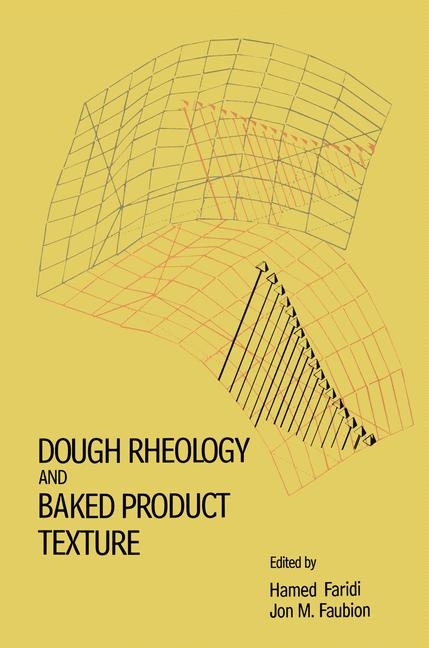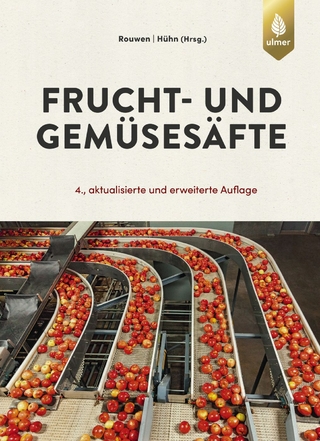
Dough Rheology and Baked Product Texture
Van Nostrand Reinhold Inc.,U.S. (Verlag)
978-0-442-31796-6 (ISBN)
- Titel ist leider vergriffen;
keine Neuauflage - Artikel merken
1. Fundamental Aspects of Dough Rheology.- 2. The Viscoelastic Properties of Wheat Flour Doughs.- 3. Rheological Properties of Cereal Proteins.- 4. Rheological Properties of Cereal Carbohydrates.- 5. Influences of the Glassy and Rubbery States on the Thermal, Mechanical, and Structural Properties of Doughs and Baked Products.- 6. Basic Principles of Food Texture Measurement.- 7. Application of Rheology in the Bread Industry.- 8. Application of Rheology in the Cookie and Cracker Industry.- 9. Application of Rheology in the Pasta Industry.- 10. Application of Rheology in the Breakfast Cereal Industry.- 11. Influence of Extrusion Processing on In-Line Rheological Behavior, Structure, and Function of Wheat Starch.- 12. Rheology in Process Engineering.- 13. Interrelationships of Rheology, Kinetics, and Transport Phenomena in Food Processing.- 14. Rheological and Engineering Aspects of the Sheeting and Laminating of Doughs.- 15. Practical Texture Measurements of Cereal Foods.- 16. Texture Evaluation of Baked Products Using Descriptive Sensory Analysis.
| Erscheint lt. Verlag | 15.10.1989 |
|---|---|
| Zusatzinfo | 628 p. |
| Sprache | englisch |
| Themenwelt | Technik ► Lebensmitteltechnologie |
| Schlagworte | Hardcover, Softcover / Technik/Chemische Technik • HC/Technik/Chemische Technik |
| ISBN-10 | 0-442-31796-4 / 0442317964 |
| ISBN-13 | 978-0-442-31796-6 / 9780442317966 |
| Zustand | Neuware |
| Haben Sie eine Frage zum Produkt? |
aus dem Bereich


